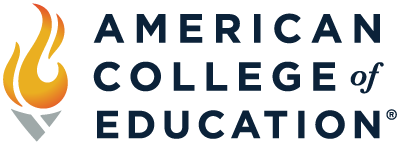
What’s the best way to manage diversity in the workplace? Those that study diversity and inclusion have identified different paradigms that people and organizations often align with. Let’s take a look at what those paradigms are and what paradigm shifts need to occur to ensure we’re creating environments that are inclusive as possible.
In many organizations, diversity initiatives are based on a discrimination and fairness paradigm wherein employers ignore any differences between their employees in the name of equality and fairness. Under this paradigm, leaders consider everyone to be the same, regardless of their culture, religious beliefs, sexual orientation, age or disabilities. This model focuses on assimilation.
However, when companies follow the discrimination and fairness paradigm blindly, they sometimes miss out on the valuable insight which an employee with diverse experiences might provide given the right opportunities. The access and legitimacy paradigm promotes diversity within an organization instead of smoothing over it to get better exposure to diverse markets and cultures.
People tend to trust others who are like them and are better at understanding cultural nuances, which is why the access and legitimacy paradigm has risen in popularity. For example, consider a US-based bank. They decide to open a branch in Saudi Arabia. While this might be a wonderful opportunity to expand, it will require them to understand the cultural and religious practices of the local people. Failure to follow these practices might create significant operational challenges. In this scenario, they would benefit from the insight their Saudi Arabian, Arab or Muslim employees might offer.
While both the diversity paradigms discussed above have benefits, they also have shortcomings and might create distress and conflicts within a company. Professors David A. Thomas and Robin J. Ely suggest shifting to another paradigm: the learning and effectiveness paradigm. This approach focuses on integration within the organization to promote equal opportunities for all members, while recognizing and appreciating the value of cultural differences employees. Tapping into these unique strengths can benefit both the individual (employee) and the company.
However, achieving such transformation will require a mind shift in organizational leadership. They will need to learn how to avoid pigeonholing diversity within their organizations or leveraging it to just meet business objectives. Instead, they’ll need to recognize and appreciate the diverse perspectives that their employers bring to the table and create a safe, equitable and welcoming environment for everyone.
Expand your knowledge of diversity and inclusion with American College of Education’s Micro-credential in Diversity and Inclusion.

